You know those late-night inuman sessions that somehow taste better at your friend's house? In our barakada, it's always at Tita Judy's place. While we're downing our nth bottle of Red Horse in their living room, she's already planning her legendary Yang Chow Fried Rice for our pampawala ng hangover.
The sweet-savory smell of lap cheong sizzling in her old kawali, mixed with garlic and onions, is enough to make you forget how many tagays you've had. Tita Judy never measures anything - she just throws it all together with the confidence of someone who's been feeding hungry souls for decades.
Every time we try to replicate it at home, it's never quite the same. But hey, I finally convinced her to share her secrets, and now I'm passing them on to you.
Cultural Notes
Yang Chow Fried Rice originated from Yangzhou, China, but has become a beloved staple in Filipino-Chinese cuisine. It's often served during special occasions and has been adapted to suit local tastes while maintaining its authentic character.
Jump to:
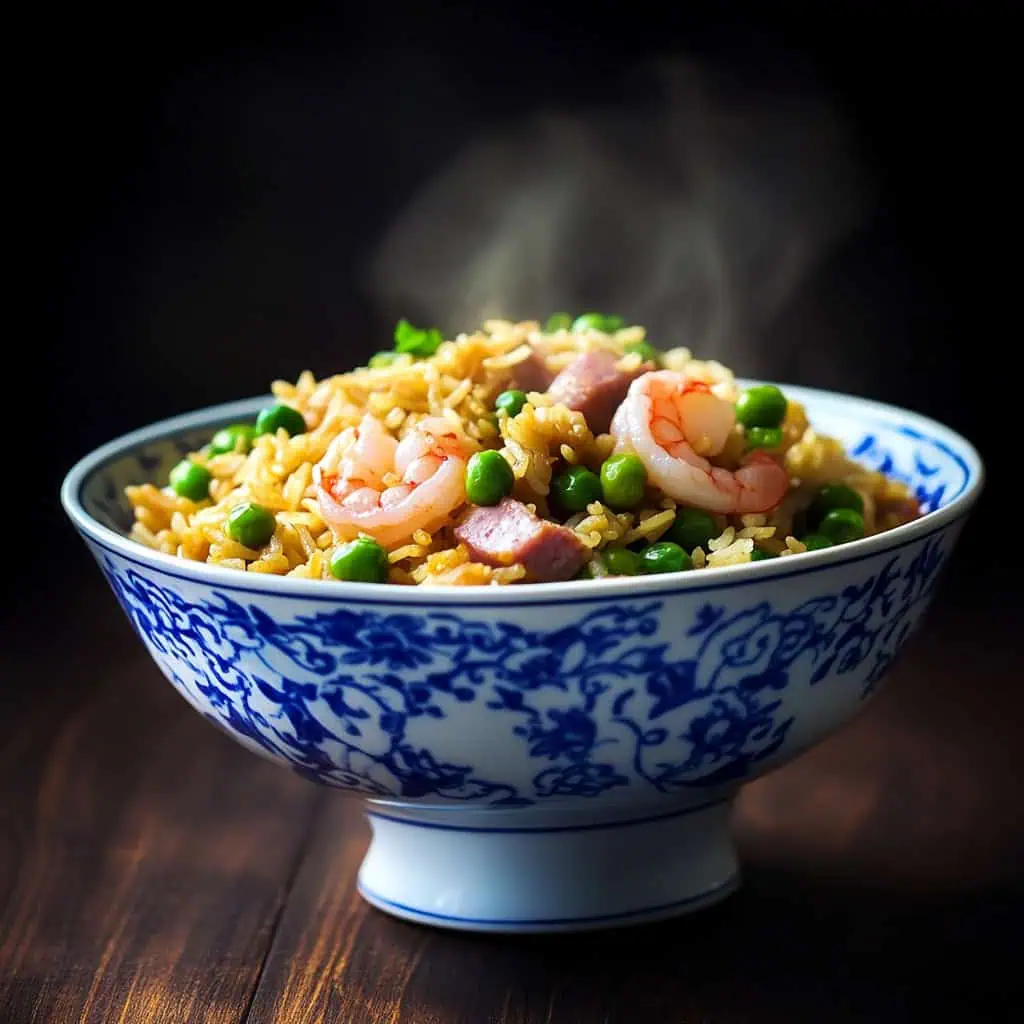
Why You'll Love This Recipe
- Perfect way to use leftover rice
- Complete one-pot meal loaded with protein
- Customizable with various ingredients
- Ready in just 35 minutes
- Restaurant-quality results at home
- Budget-friendly family meal
- Packed with authentic Asian flavors
Ingredients
Each component in Yang Chow Fried Rice plays a specific role in creating its signature flavor profile. Day-old rice provides the perfect dry texture that prevents mushiness. Lap cheong (Chinese sausage) contributes a unique sweet-savory depth, while shrimp adds a delicate seafood element.
Eggs create rich, silky pockets throughout the dish, and green peas offer bright pops of color and sweetness. The aromatics (garlic, onions) build the flavor foundation, while premium soy sauce, sesame oil, and white pepper create that authentic Chinese taste that makes this dish so beloved across Asia.
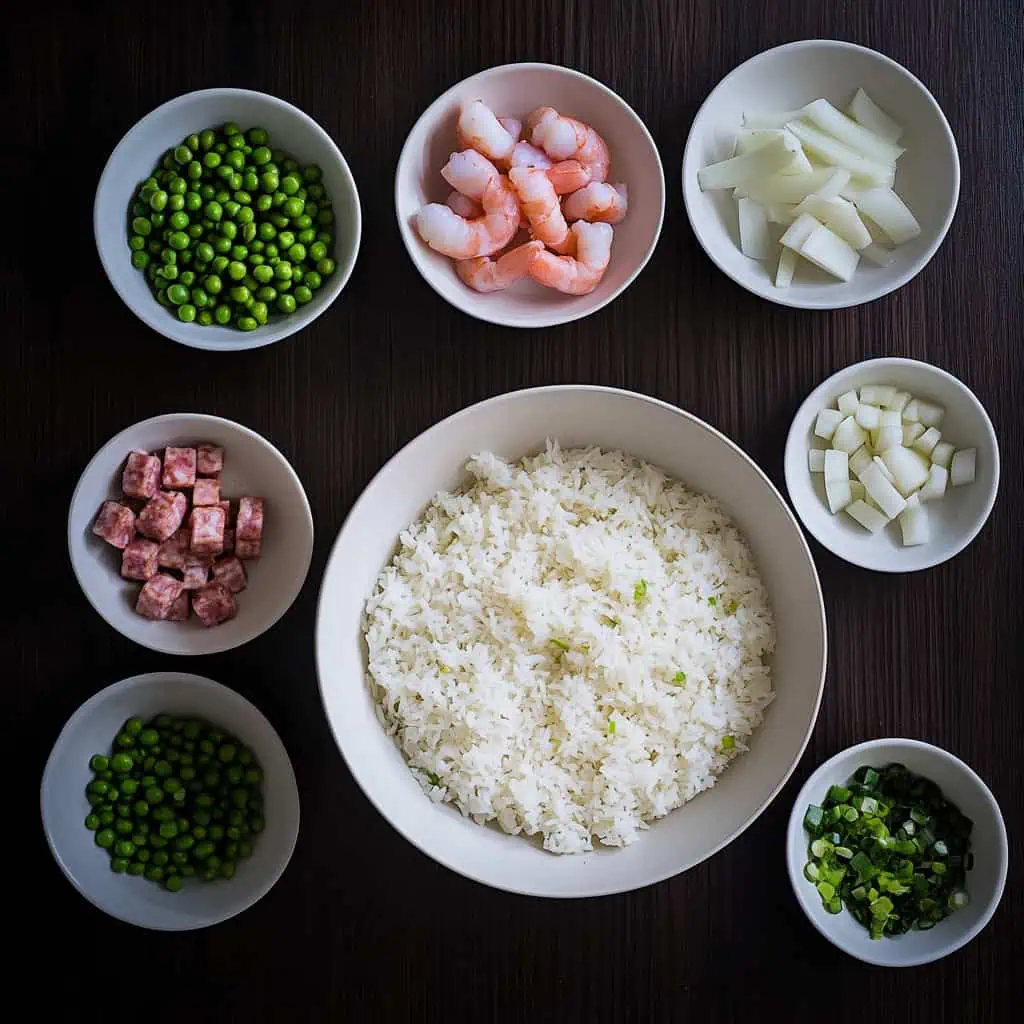
- 4 cups day-old rice, chilled
- 2 Chinese sausages (lap cheong/chorizo macau), finely diced
- 250 g medium shrimp, peeled and deveined
- 2 large eggs, beaten
- 1 cup green peas, thawed if frozen
- 3 cloves garlic, minced
- 1 medium onion, finely diced
- 3 stalks green onions, chopped
- 3 tablespoons cooking oil
- 2½ tablespoons premium soy sauce
- 1 teaspoon sesame oil
- ½ teaspoon white pepper
- Salt to taste
Equipment
- Wok or large skillet (kawali) - Essential for high-heat cooking and achieving proper "wok hei" (breath of the wok), giving the dish its authentic smoky flavor
- Long wooden spatula (sianse) - Allows for tossing ingredients without breaking the rice grains
- Rice cooker or pot - If you're cooking fresh rice instead of using leftovers
- Sharp knife (kutsilyo) - For precise ingredient preparation, ensuring even cooking
- Measuring cups and spoons - For accurate portions that balance flavors perfectly
- Cutting board - Provides a clean, safe surface for ingredient preparation
- Small bowls - For organizing prepared ingredients before cooking (mise en place)
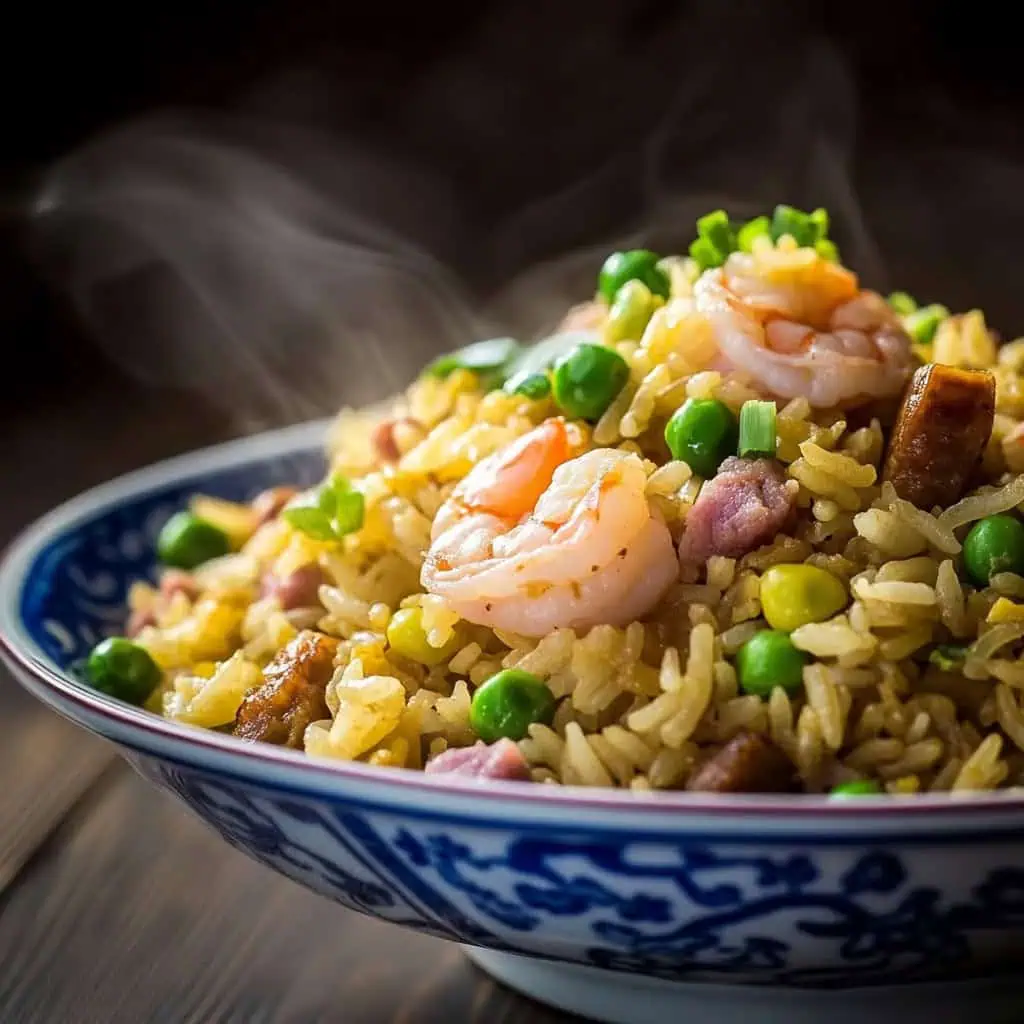
How To Make
- Start by making sure your rice is cold from the refrigerator. Break it up with your hands to separate the grains.
- Cut Chinese sausage into small cubes, about the size of corn kernels. Peel and devein the shrimp, then cut into bite-sized pieces. Chop onions, crush garlic, and slice green onions. Have everything ready before you start cooking.
- Get your wok or large pan really hot over high heat - you should see a bit of smoke. Add 2 tablespoons oil and quickly add garlic and onions. Cook them until they smell good, about 1 minute.
- Add Chinese sausage and cook for 2 minutes until it releases its oils and gets a bit crispy. Put in your shrimp and cook just until they turn pink. Take everything out of the pan and set aside.
- Add 1 more tablespoon of oil to your hot pan. Put in your cold rice and spread it out. Let it sit for 30 seconds, then stir. Do this a few times until the rice is hot and starting to get a bit toasted.
- Make a hole in the middle of your rice and pour in beaten eggs. Let them set a little, then break them up and mix with the rice. Add back your sausage and shrimp mixture along with the green peas.
- Pour in soy sauce and sesame oil. Keep stirring everything over high heat for about 2 minutes until the rice is evenly colored. Add white pepper and salt to taste.
- Finally, toss in your green onions and give everything a few more stirs. Turn off the heat and serve your Yang Chow Fried Rice while it's hot and steaming.
Remember: The secret is keeping your pan hot and not letting anything sit still for too long. Your rice should be fluffy with each grain separate, not clumpy or mushy.

Tips from Lola's Kitchen
- Cold is gold: Always use day-old rice stored in the refrigerator for the best texture. Fresh rice tends to become mushy.
- Grain separation: Break up rice clumps with your hands while the rice is still cold from the refrigerator.
- Pre-cook technique: If using fresh rice, cook it with slightly less water than usual and spread it on a tray to cool completely.
- Keep it moving: Never let ingredients sit still in the wok too long - constant movement prevents burning and promotes even cooking.
- Heat management: Use high heat throughout cooking for proper "wok hei," but adjust if things start to burn.
- Mise en place: Have all ingredients prepped and within reach before starting. Once you begin cooking, things move quickly!
- Sausage strategy: Cut the lap cheong slightly smaller than other ingredients as its flavor is strong and should be distributed evenly.
- Oil selection: Use a neutral oil with a high smoke point like peanut or canola oil for authentic results.
- Final taste: Always taste before serving and adjust seasonings as needed.
Substitutions
- Chinese Sausage: Substitute with char siu (Chinese BBQ pork), bacon, or ham. If using bacon, reduce added salt.
- Shrimp: Swap with diced chicken breast, firm tofu cubes, or fish cake for different protein options.
- Green Peas: Replace with diced carrots, corn kernels, or edamame for color and sweetness.
- White Onion: Use shallots or red onion as alternatives, adjusting quantities as needed.
- Premium Soy Sauce: Light soy sauce works (use slightly less), or coconut aminos for a gluten-free option.
- Sesame Oil: Substitute with chili oil for a spicy kick or a small amount of butter for richness.
- Rice: Though traditional recipes use jasmine rice, any long-grain variety works well.
Troubleshooting
- Problem: Mushy Rice
- Solution: Use less water when cooking fresh rice (if not using leftovers)
- Solution: Ensure rice is completely cold before cooking
- Solution: Avoid overcrowding the wok - cook in batches if necessary
- Problem: Clumpy Rice
- Solution: Break rice clumps thoroughly while cold
- Solution: Use sufficient oil and coat rice grains well
- Solution: Maintain high heat to quickly dry out any excess moisture
- Problem: Bland Taste
- Solution: Use premium soy sauce for deeper flavor
- Solution: Don't skip the white pepper - it's crucial for authentic taste
- Solution: Ensure proper "wok hei" by using high heat and quick movements
- Solution: Consider adding a small pinch of MSG for restaurant-style flavor
- Problem: Ingredients Burning
- Solution: Keep everything moving constantly
- Solution: Remove the wok from heat momentarily if it gets too hot
- Solution: Add ingredients in the proper order - aromatics first, then proteins
Storage & Reheating
- Refrigeration: Store in an airtight container for up to 3 days. The flavors actually develop nicely overnight!
- Freezing: Portion into freezer-safe containers and freeze for up to 2 months. Thaw in the refrigerator overnight before reheating.
- Wok Reheating: The best method is to reheat in a hot wok with 1 tablespoon of oil, stirring constantly until heated through.
- Microwave Method: Sprinkle 1-2 teaspoons of water over the rice, cover with a damp paper towel, and microwave in 30-second intervals, stirring between each.
- Steam Restoration: Place in a heatproof dish over a pot of simmering water for 5-10 minutes to restore moisture without making it soggy.
- Consumption Tip: For best taste and texture, try to consume within 24 hours of cooking, though it remains safe to eat for longer.
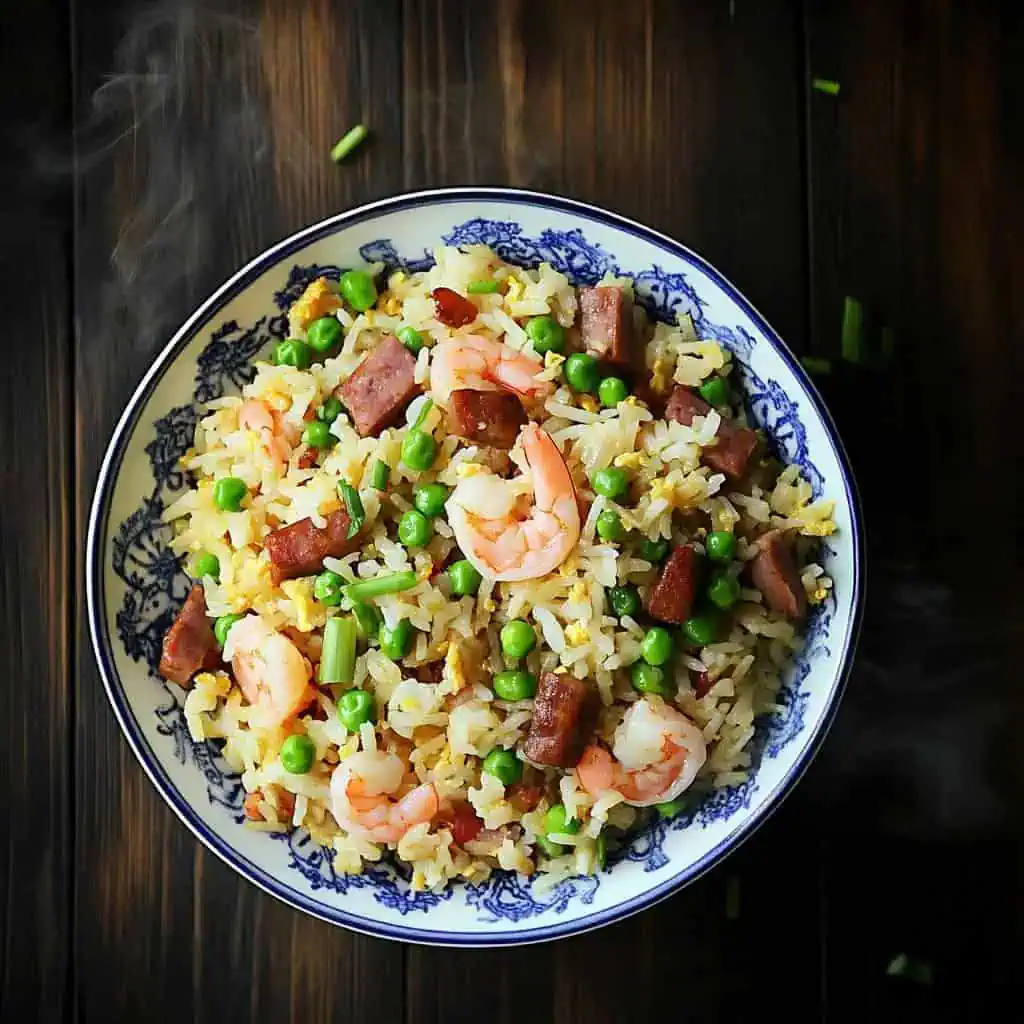
FAQ
Why must the rice be day-old?
Day-old rice has less moisture and firmer grains, preventing mushiness when stir-fried. Fresh rice often becomes sticky and clumps together.
Can I make this without a wok?
Yes, use a large skillet with high sides. The "wok hei" flavor will be less pronounced, but you can still achieve excellent results by using high heat and keeping ingredients moving.
How do I prevent the rice from sticking to the pan?
Use sufficient oil, maintain high heat, and keep the rice moving constantly. Making sure your rice is cold and properly separated before cooking also helps significantly.
Is Yang Chow Fried Rice healthy?
It's a balanced meal with protein, carbs, and vegetables. Control portions and oil amounts for healthier eating. You can also increase the vegetable ratio for extra nutrition.
Can I make this ahead for a party?
es, but it's best served fresh. If making ahead, slightly undercook it initially, then reheat thoroughly in a hot wok just before serving, adding a splash of water if needed to restore moisture.
What's the best rice variety to use?
Medium to long-grain rice varieties like jasmine or regular long-grain rice work best. Avoid glutinous or short-grain rice as they tend to become too sticky.
Why does restaurant Yang Chow taste different from homemade?
Restaurants typically use extremely high heat from professional woks and often add a touch of MSG for enhanced flavor. They also usually add more oil than home cooks.
Can I make a larger batch?
Yes, but cook in batches rather than overcrowding the wok. Combining everything at the end ensures proper texture and "wok hei" for all ingredients.
Related
Looking for other recipes like this? Try these:
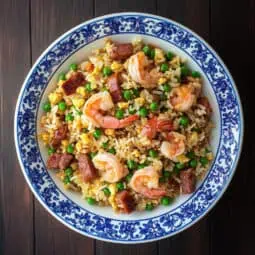
Yang Chow Fried Rice (Yangzhou Chaofan / 扬州炒饭)
Equipment
- Wok or large skillet (kawali) for high-heat cooking and proper "wok hei"
- Long wooden spatula (sianse) for tossing ingredients without breaking the rice
- Rice cooker or pot if cooking fresh rice
- Sharp knife (kutsilyo) for precise ingredient preparation
- Measuring cups and spoons (Panukat) for accurate portions
- Cutting board (Sangkalan) for ingredient preparation
- Small bowls (mangkok) for organizing prepared ingredients
Ingredients
Main Ingredients
- 4 cups day-old rice kanin, chilled
- 2 Chinese sausages lap cheong/chorizo macau, finely diced
- 250 g medium shrimp hipon, peeled and deveined
- 2 large eggs itlog, beaten
- 1 cup green peas gisantes, thawed if frozen
- 3 cloves garlic bawang, minced
- 1 medium onion sibuyas, finely diced
- 3 stalks green onions sibuyas dahon, chopped
- 3 tablespoons cooking oil mantika
Seasoning
- 2½ tablespoons premium soy sauce toyo
- 1 teaspoon sesame oil langis ng sesame
- ½ teaspoon white pepper pamintang puti
- Salt asin to taste
Instructions
- Start by making sure your rice is cold from the refrigerator. Break it up with your hands to separate the grains.
- Cut Chinese sausage into small cubes, about the size of corn kernels. Peel and devein the shrimp, then cut into bite-sized pieces. Chop onions, crush garlic, and slice green onions. Have everything ready before you start cooking.
- Get your wok or large pan really hot over high heat - you should see a bit of smoke. Add 2 tablespoons oil and quickly add garlic and onions. Cook them until they smell good, about 1 minute.
- Add Chinese sausage and cook for 2 minutes until it releases its oils and gets a bit crispy. Put in your shrimp and cook just until they turn pink. Take everything out of the pan and set aside.
- Add 1 more tablespoon of oil to your hot pan. Put in your cold rice and spread it out. Let it sit for 30 seconds, then stir. Do this a few times until the rice is hot and starting to get a bit toasted.
- Make a hole in the middle of your rice and pour in beaten eggs. Let them set a little, then break them up and mix with the rice. Add back your sausage and shrimp mixture along with the green peas.
- Pour in soy sauce and sesame oil. Keep stirring everything over high heat for about 2 minutes until the rice is evenly colored. Add white pepper and salt to taste.
- Finally, toss in your green onions and give everything a few more stirs. Turn off the heat and serve your Yang Chow Fried Rice while it's hot and steaming.
- Remember: the secret is keeping your pan hot and not letting anything sit still for too long. Your rice should be fluffy with each grain separate, not clumpy or mushy.
Tips from Lola's Kitchen
- Always use day-old rice stored in the refrigerator
- If using fresh rice, cook it with slightly less water
- Break up rice clumps while the rice is still cold
- Keep ingredients moving in the wok to prevent burning
- Use high heat throughout cooking for proper "wok hei"
Nutrition
The Story Behind Yang Chow Fried Rice
Yang Chow Fried Rice, also known as Yangzhou Chaofan or 扬州炒饭, traces its roots to the historic city of Yangzhou in China's Jiangsu province. This isn't just any ordinary fried rice - it's a dish that tells the story of China's wealthy Huaiyang region, where merchants and officials would gather for elaborate feasts during the Qing Dynasty. Legend has it that this special version of fried rice was created by a magistrate named Yi Bingshou, who served as the regional governor of Yangzhou in the 1750s.
The dish perfectly reflects Yangzhou's status as a major trading hub along China's Grand Canal. Each ingredient represents the prosperity of the region - the delicate balance of proteins like shrimp and Chinese sausage showcases the area's access to both river and land resources. The preparation method, which calls for each ingredient to be diced into identical small pieces, demonstrates the precision and refinement of Huaiyang cuisine, one of China's Four Great Traditions of cooking.
As Chinese communities spread throughout Southeast Asia, Yang Chow Fried Rice found a special place in Filipino-Chinese households. In the Philippines, it evolved from a fancy restaurant dish to become cherished comfort food, especially popular in Manila's Binondo district, the world's oldest Chinatown. Filipino cooks adapted the recipe to local tastes while maintaining its essential character, making it a perfect example of the natural fusion between Chinese and Filipino cuisines.
What sets authentic Yang Chow Fried Rice apart is its emphasis on "wok hei" - that distinctive smoky flavor that can only come from cooking in a blazing hot wok. This isn't just about tossing ingredients together; it's about understanding the dance between heat, timing, and technique. Each grain of rice should be individually coated with flavor yet remain separate, a technique that takes years to master but moments to appreciate.
Today, whether you're enjoying it at a humble carinderia or an upscale Chinese restaurant, Yang Chow Fried Rice represents more than just a way to use leftover rice. It's a testament to how a dish can traverse borders, adapt to new homes, and still maintain its soul. In Filipino households, it's often the star of Sunday family lunches, potluck parties, and late-night cooking sessions, proving that some culinary traditions only get better as they travel farther from home.
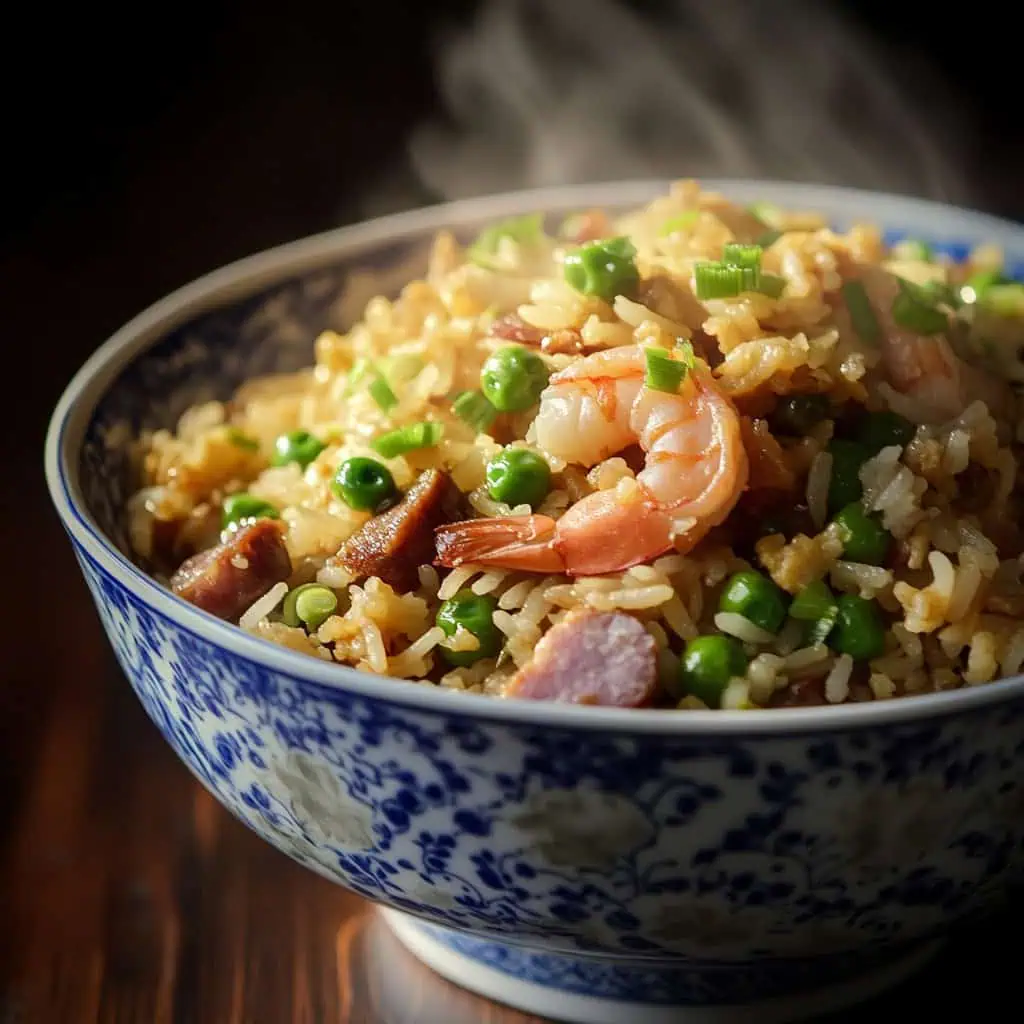





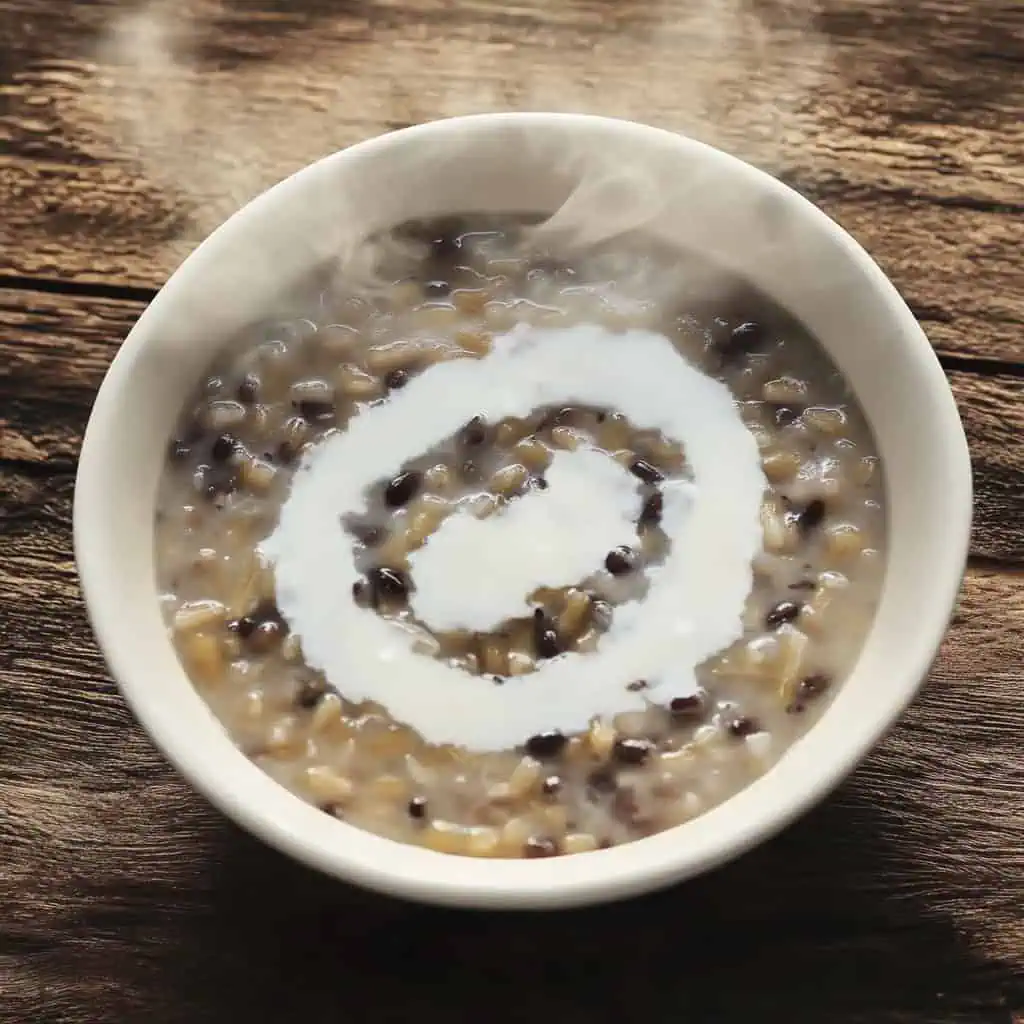
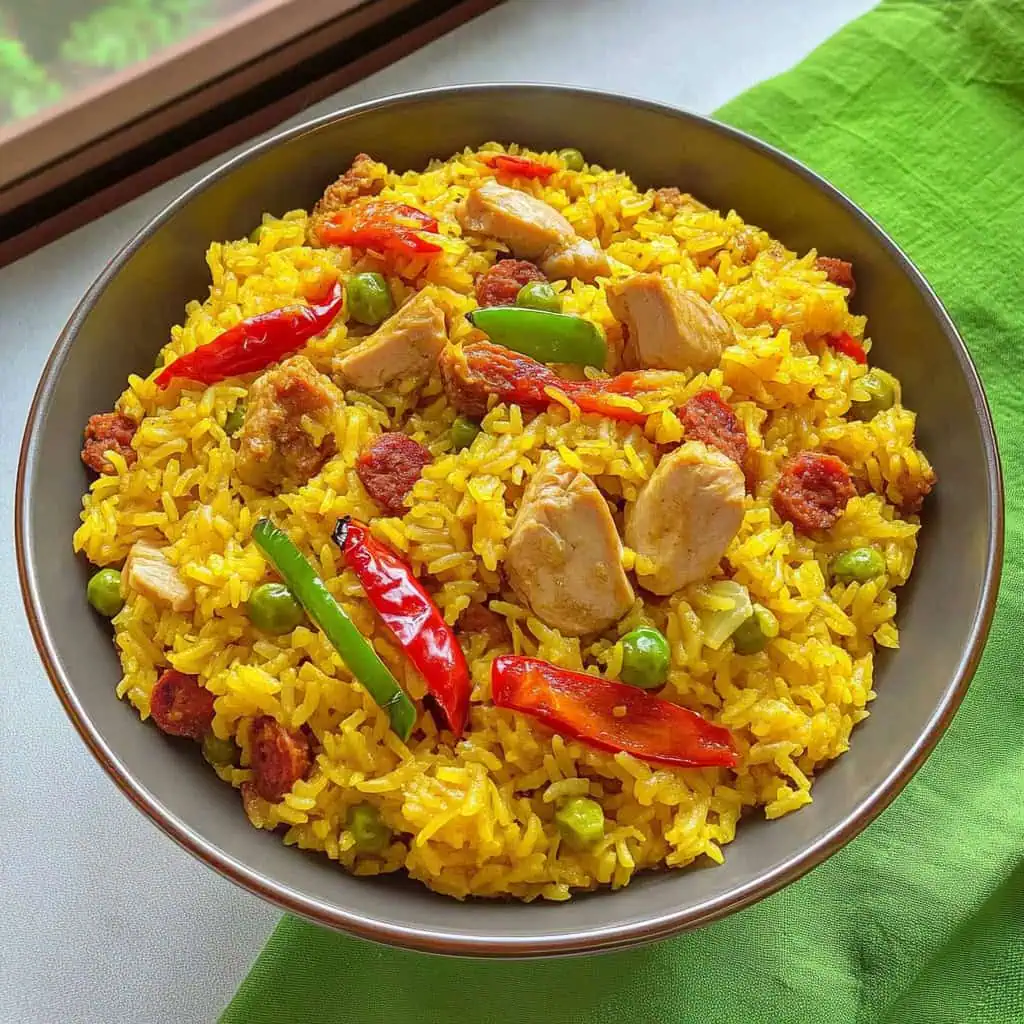
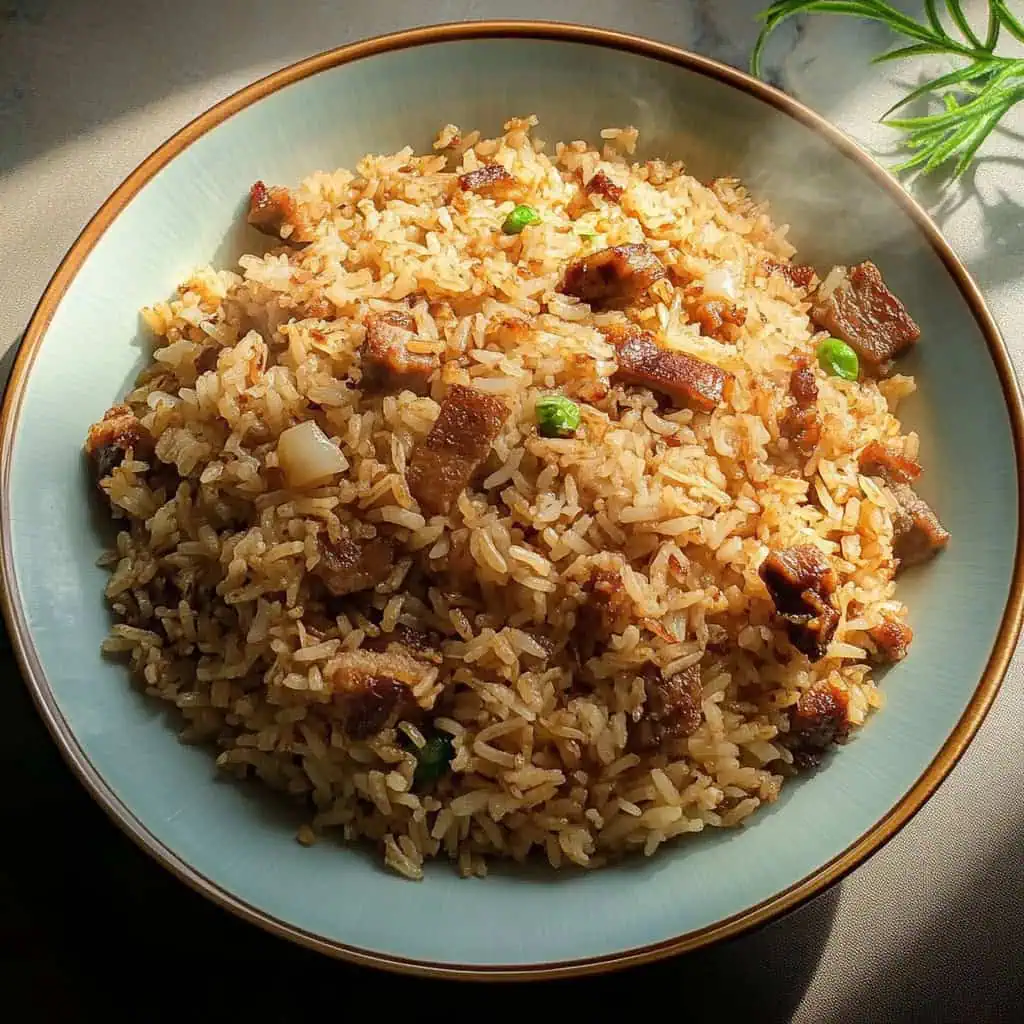
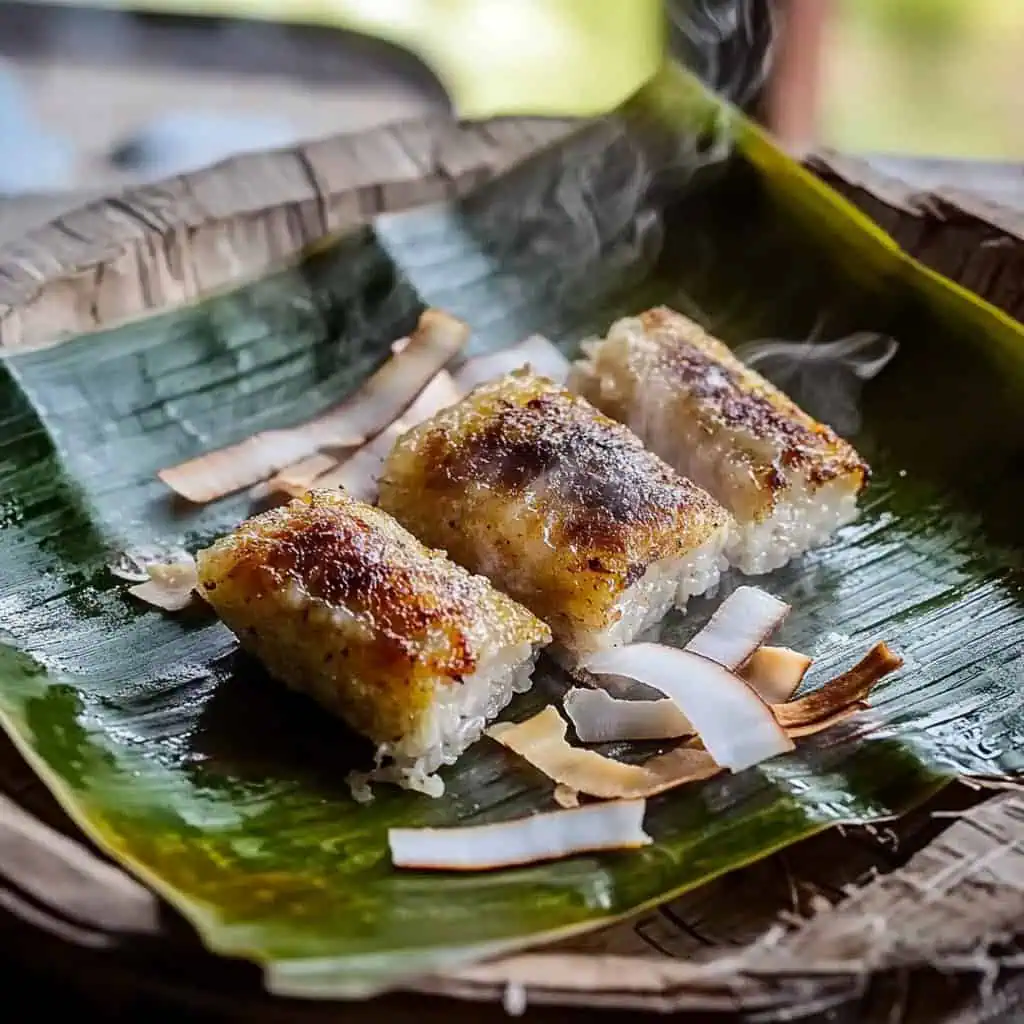
Comments
No Comments